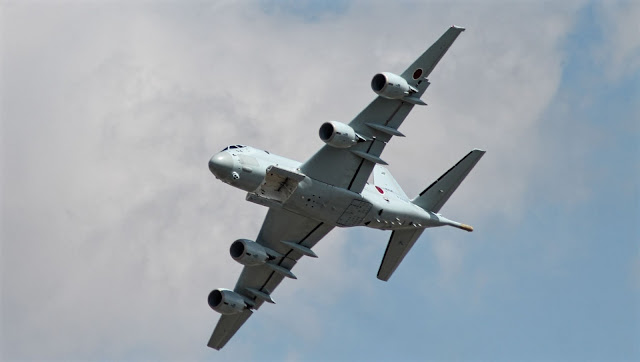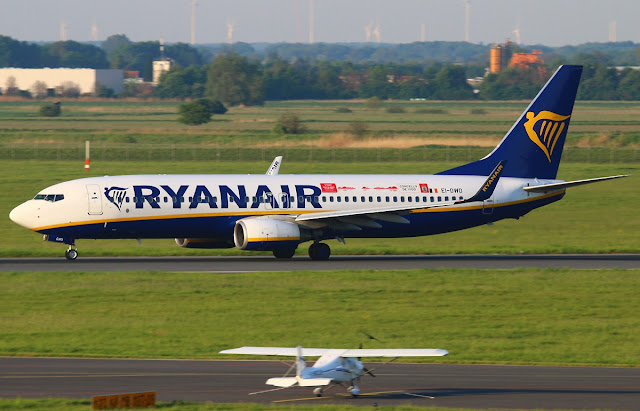Japan To Decide Kawasaki P-1 Fleet Size
Japan To Decide Kawasaki P-1 Fleet Size. Japan must still make a firm decision on the future size of its fleet of P-1 maritime patrol aircraft from Kawasaki Heavy Industries, or determine if the surveillance asset could be exported to international buyers.
Developed as an indigenous replacement for Lockheed Martin P-3C Orions of the Japan Maritime Self-Defense Force, the four-engine type was first launched in 2007, and came into operational use in 2016.
The Japanese navy has so far received 15 P-1, and Kawasaki has no more examples currently under contract. Tokyo has yet to define its long-term spending plans, but the database shows that it had previously indicated its intention to acquire up to 58 more, to completely replace its old P-3C inventory. Ishida points out that the service is considering some updates for its future examples, but that "it does not have specific plans at this time".
Tokyo sent two P-1s to Germany in late April for its debut at the air show ILA Berlin, one of them participated in the exhibition and the other stationed in the static area. The deployment marked the latest in a series of European visits by type, which also included attending the Royal International Air Tattoo of the United Kingdom in 2015 and the Paris Air Show last year. However, Ministry of Defense officials emphasize that these visits have not been linked to sales campaigns.
"We have brought the plane here to promote Japan's high level of technology in the world," says Ishida. "We have never made any kind of calculation about what it would cost for foreign clients," he adds, noting that the Ministry of Defense currently has no intention of seeking exports.
"The current goal is to deliver the P-1 and turn it into a strategic capability for Japan," says the Acquisition, Technology and Logistics Agency of the Ministry of Defense.
Refusing to provide more details, Ishida says the P-1s could participate in joint training with other operators as part of their last deployment, which required stops in several nations.
Developed as an indigenous replacement for Lockheed Martin P-3C Orions of the Japan Maritime Self-Defense Force, the four-engine type was first launched in 2007, and came into operational use in 2016.
Japan To Decide Kawasaki P-1 Fleet Size, pic: Kawasaki P-1 Maritime Patrol
"As a maritime patrol plane, it surpasses the P-3C in all areas," says Captain Ryota Ishida, manager of the P-1 program for the defense ministry of Japan. "In the future, more of these planes will fly through the skies around the world."The Japanese navy has so far received 15 P-1, and Kawasaki has no more examples currently under contract. Tokyo has yet to define its long-term spending plans, but the database shows that it had previously indicated its intention to acquire up to 58 more, to completely replace its old P-3C inventory. Ishida points out that the service is considering some updates for its future examples, but that "it does not have specific plans at this time".
Tokyo sent two P-1s to Germany in late April for its debut at the air show ILA Berlin, one of them participated in the exhibition and the other stationed in the static area. The deployment marked the latest in a series of European visits by type, which also included attending the Royal International Air Tattoo of the United Kingdom in 2015 and the Paris Air Show last year. However, Ministry of Defense officials emphasize that these visits have not been linked to sales campaigns.
"We have brought the plane here to promote Japan's high level of technology in the world," says Ishida. "We have never made any kind of calculation about what it would cost for foreign clients," he adds, noting that the Ministry of Defense currently has no intention of seeking exports.
"The current goal is to deliver the P-1 and turn it into a strategic capability for Japan," says the Acquisition, Technology and Logistics Agency of the Ministry of Defense.
Refusing to provide more details, Ishida says the P-1s could participate in joint training with other operators as part of their last deployment, which required stops in several nations.

















Post a Comment